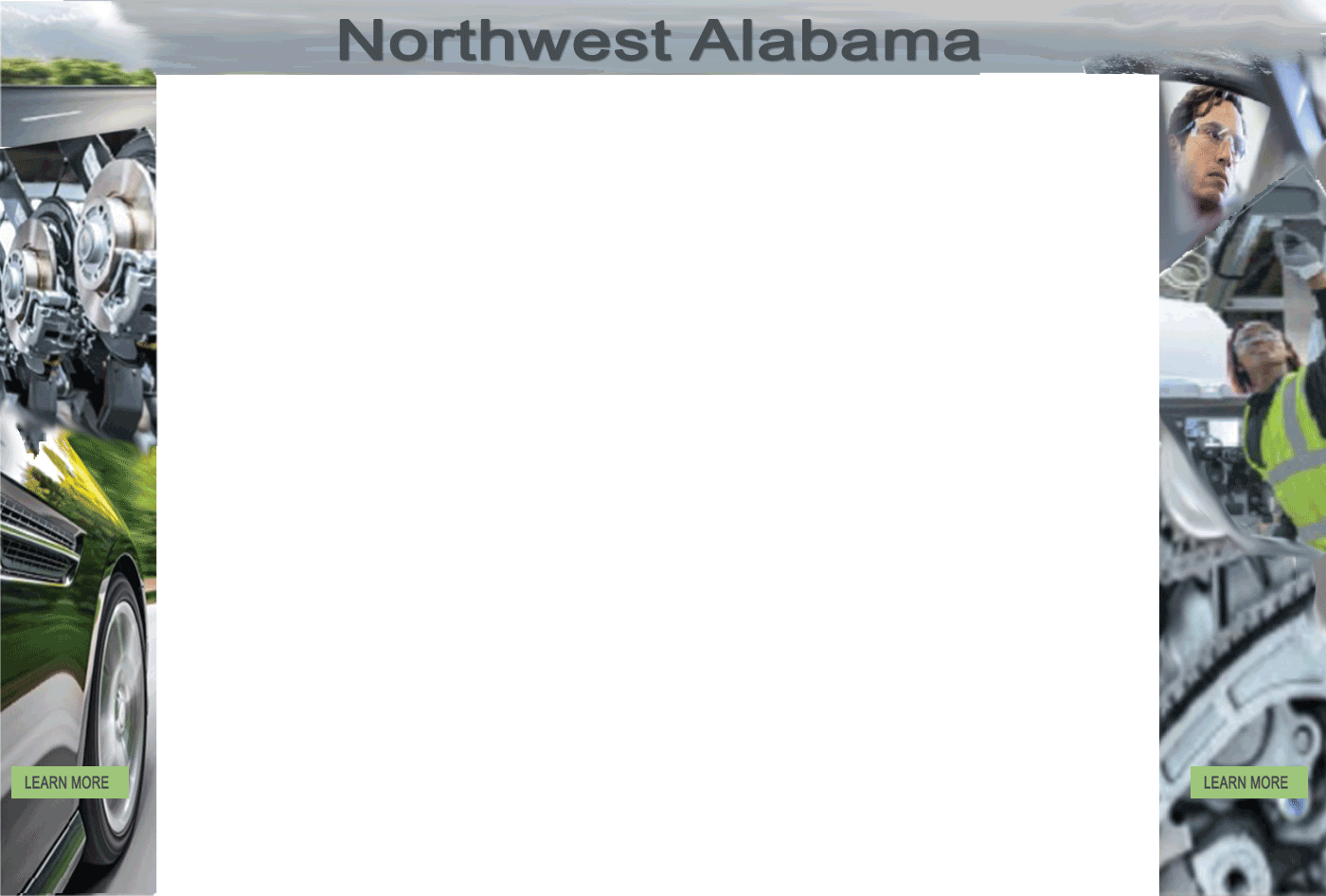Never in the South’s history has its rural regions captured more major projects than in 2021, 2022 and 2023.
Rural South’s Deal Data 2021-2023
Data from the last three years show that rural regions have landed almost as many big investment and job deals (threshold, $30 million/200 jobs or more) as Southern metros at 49 percent (rural) and 51 percent (metro).
That has never happened – not even close — since Southern Business & Development began counting them in 1993. Since then, the South’s largest deals have averaged 80 percent metro, and 20 percent rural.
Top 200 Projects Announced in 2021, 2022 and 2023* based on Rural vs. Metro
Metro South – Big Deals = 640
Rural South – Big Deals = 636
*Up to October 2023. Based on projects announced of $30 million in investment and/or 200 jobs or more. Source: RandleReport.com, SB-D.com, SouthernAutoCorridor.com.
Manufacturing investments being made in the hundreds of billions in the South’s rural regions
Investments in manufacturing projects announced since the beginning of 2021, by our count, total over $250 billion (that is with a “B”) in the rural South. That total does not count the little stuff ($29.99 million or less for a project) that we don’t have the resources to add-up because those are so numerous.
I have written this before. Why do we use $30 million as a threshold for our data? State economic development leaders in the South do the same. If a local development team is close to landing a capital investment of $30 million or more, the leader of that team can use the state plane during the recruitment process; at least for some states in the region.
What is a “rural community?”
So, that defined, how do we designate or determine what is a rural community or county? Simple. It is a community or county of 50,000 residents or less. That is our definition of a rural community in the South. Of course the $250 billion tally in deals announced in the rural South in less than three years doesn’t even count investments made in communities of more than 50,000 people.
The rural South has never seen anything like what is happening now
Never before has “Small Town South” seen anything like what it is experiencing now in massive capital expenditures by private and government sources. It is being pushed by ambitious projects in steel, aluminum, aerospace, solar, wind and next-generation automotive — electric vehicles.
The electric vehicle parcel of this massive amount of capital spending by private industry is notable. More like historical. Maybe even sui generis! But is it sustainable? With this amount of money on the table, it better be!
Megasite madness in three years
In more than 40 years of writing about economic development in the region, I have never witnessed almost every megasite available in the South purchased within a time frame of 33 months or so.
Some of those sites, like the Glendale, Ky. megasite, where Ford and SK are building their campus, sat idle for more than 20 years. I know. I’ve walked them, some more than 30 years ago.
The Liberty, N.C. site, where Toyota will make EV batteries to the tune of over a $5 billion investment and 2,000 jobs, I’ve walked that site, too. I still hold dear a photograph that was emailed to me from the owner of one home that overlooks that site. She took the photograph from her back deck.
Who was in the photograph? Why, none other than the late North Carolina Secretary of Commerce Jim Fain and former Toyota site selection boss, Dennis Cuneo. We even gave the homeowner the camera and telephoto lens that she took the photo with. That was in 2000! Yes, investigative reporting is real. It is not “fake news.”
Reshoring is also real now
It took more than 13 years to gather steam, but finally this surge in investments in the South, rural or not, is being driven by reshoring (Boston Consulting Group and Southern Business & Development, 2011) and “clean projects” prompted by federal tax incentives and loans for green energy, such as electric vehicles.
Reshoring is simply a correction of a supply chain that went awry as manufacturers decided to offshore production to cheaper locals, specifically Asia, in the ‘80s and ‘90s.
Most of that phenomenon of the free trade era hit the South the hardest in the 1990s with plant closures and such. If you recall, it was Ross Perot who gave us the wonderful quote, “giant sucking sound” to describe what he believed would be the negative effects of the North American Free Trade Agreement, which he opposed.
Supply chain reverses
The first hint of a problem of things of the supply nature for many manufacturers who made things for U.S. consumption on the other side of the world, was the Japan earthquake and tsunami of 2011.
Called the Great Sendai Earthquake, the magnitude 9.0 quake on March 11, 2011, was felt in Russia and China. The quake and tsunami generated waves of 11 to 12 feet in Hawaii more than 3,000 nautical miles away. Nine-foot waves were created from the Japan disaster in California and Oregon.
About 20,000 people along the coast of Japan lost their lives. Three nuclear plants in Japan, notably, Fukushima Daiichi, leaked radiation that to this day is easily detectible in much of the Pacific Ocean.
Over 100,000 workers were mobilized to deal with the crisis. Several hundreds of thousands were displaced from their homes. Needless to say, the massive quake disrupted supply chains from Asia to all places on the globe, especially to the United States.
That is when CEOs, many of which made the decision to make products for North American consumption on the other side of the globe in an effort to cut costs … I am sure at least one said, “So, why are we making products halfway around the world to sell here?”
Reshoring, which the digital proof Gods still don’t even recognize as a word, was born as a word and much more after that earthquake off Japan’s coast in 2011. Offshoring is a word. It is now being displaced by reshoring.
Foreign direct investment
Perhaps “global” is the correct word when it comes to describing economic development of this kind of scale because foreign companies and their multiple billions in investments (FDI) are carrying the rural South’s banner when it comes to job generation and capital spending.
The foreign automotive manufacturers assembling light vehicles in the Southern Automotive Corridor include Hyundai and Kia (South Korea); Nissan, Toyota, Mazda and Honda (Japan); and BMW, Mercedes-Benz, Volkswagen and Daimler (Germany).
Then there is Volvo, which has been owned since 2010 by Zhejiang Geely Holding Group, based in China. Since the 1980s, those foreign automakers have been at the forefront of the rural South’s economic rebuild in the form of parts suppliers and others supporting their massive assembly plants in the region.
Domestic automakers are moving to the South with billions of investment
Interestingly enough, domestic giants like Ford and GM are also moving the vast majority of their next generation EV investments into the Southern Automotive Corridor and not in the Midwest, where they were founded in the first decade of the 1900s.
Yes, the Midwest, where automotive began, is being given a parting gift here and there. But it is the South that they want to invest in for clean energy projects and will for many decades to come.
Again, these developments are almost too substantial to take-in given many have all been made post-Covid, or, in roughly a little more than two years.
EV startups
Another buzz of late are the electric vehicle startups – truly a grand game changer if they are sustainable. Those are companies like Rivian (Ga., Ky.), Canoo (Okla., Ark.) and Vinfast (N.C.) for example. How they fare in coming years will help determine if there is room for more than the foreign and domestic automotive giants in what is really a brave new world in mobility.
In this transition, one of the major players is without question SK Group, an electric vehicle battery maker (among other things) headquartered in South Korea that seems to have THE answer to all things electric for both foreign and domestic automakers. Why? SK has contracted with just about all of them as this new age of electrification is born.
A transformational period
The transformation of the rural South’s economy has happened so fast and so earthshaking that even now it is hard to wrap your arms around it, much less your mind. Multiple billion dollar investments are like that and no one has seen this many billions spent in the rural South in history.
That history has always been one of a brick-by-brick ascension, many times followed by a total collapse and demolition. Then, after a collapse, it seems to be always followed by another comeback.
The soul of the rural South never seems to quit, though. When everything seems to be lost, the South’s runt-of-the-litter economies continue to rebuild.
And many rural communities have shined because of their ability to realize the right things to do: educate their young ones and invest in attracting industry, such as large industrial sites, community development and improving their central business districts.










